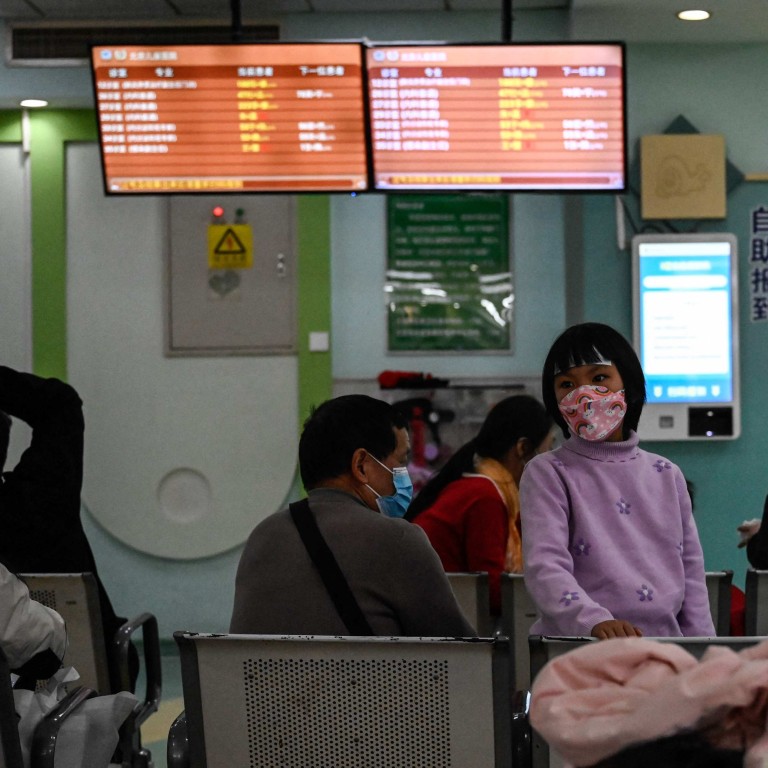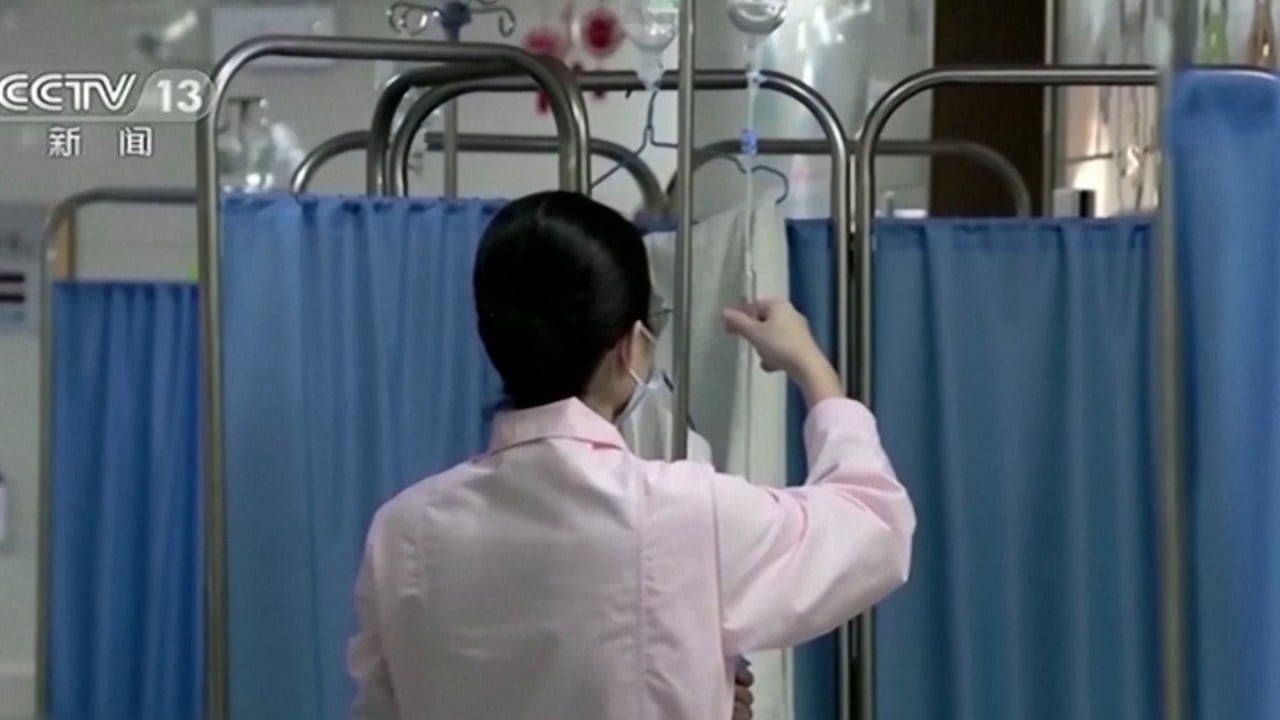
Transparency is China’s best chance of overcoming international suspicions over latest outbreak of respiratory illness
- The sight of hospitals packed with children has attracted widespread attention internationally and reawakened memories of the early days of Covid-19
- Beijing’s initial response to the pandemic created a trust deficit that it will struggle to overcome without releasing as much information as it can
The reports of hospitals packed with children suffering pneumonia and other flu-like symptoms triggered flashbacks to the early stages of the pandemic in 2020
Last week the World Health Organization asked China for information about the reported clusters of “undiagnosed pneumonia”. In itself that request is standard practice, but the way it was publicised – via a press release – is unusual.
China has denied there was any cover-up, but for the past three years it has had to fight a fierce publicity battle to defend its reputation and restore international trust.
That is why the response by the WHO and Beijing to this latest outbreak is so important for the image of both.
Loss of smell from Covid takes up to 3 years to return, study finds
Experts have long warned that new pathogens or outbreaks caused by known pathogens are inevitable.
What matters most is the response – a lesson the whole world should learn after paying a heavy price for its handling of the Covid pandemic.
This time, China followed the WHO’s regulations and presented data to the global health body within 24 hours of the request.
Most scientists, as well as the WHO, have accepted China’s explanation so far, which is plausible because there were also spikes in respiratory diseases among children in the United States and Europe in 2022 after Covid restrictions were lifted.
There had already been warnings from scientists in the US and Europe about the risk of a “tridemic”, referring to the triple threat from flu, RSV and Covid.
Scientists attributed the 2022 outbreaks to the “immunity debt” that resulted from the fall in other respiratory illnesses during the Covid pandemic as a result of lockdowns and other measures such as mask-wearing.
This meant children lacked the chance to build up immunity against common pathogens, such as influenza, and when the Covid-19 measures were lifted, they succumbed to them.
The fact that the current outbreak has mostly affected children further supports the immunity debt theory as adults had already developed immunity due to exposure to these pathogens before the pandemic.
What is unusual this time is the high incidence of pneumonia and hospitalisations caused by mycoplasma pneumoniae, a very small bacterium that usually causes mild symptoms.
Scientists said the bacterium was displaying high drug resistance, which renders antibiotics normally prescribed to children ineffective and can lead to more serious illnesses.
Chinese military surgeon who blew the whistle on Sars cover-up dies at 91
The problem has existed for years and China already has a far higher level of resistance to macrolide antibiotics than other countries, according to a 2013 paper by the Chinese Centre for Disease Control and Prevention – making recent pleas by doctors for parents not to stockpile the drugs or give them to children without consulting medical professionals largely ineffective.
The Chinese authorities are now trying to strike a balance between transparency and not causing fear or anger among the public.
They have been quick to highlight cases that were caused by known pathogens and have launched a campaign to teach the public about the symptoms caused by different pathogens.
At the same time, they insist that the public health system has not been overwhelmed and that it has enough capacity to handle the situation.

Beijing should try to overcome this by being fully transparent about all aspects of the outbreak. This means providing epidemiological data, tracking the evolution of all pathogens, releasing details of the treatments used and examining in-depth the problem of drug resistance.


